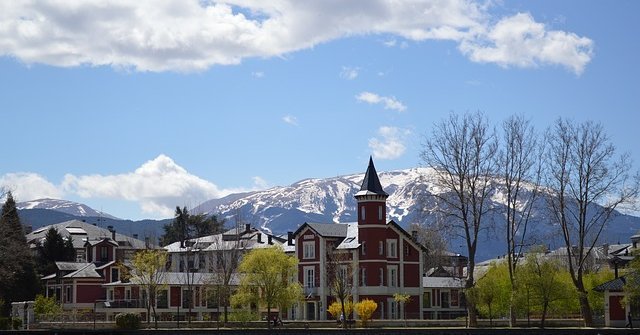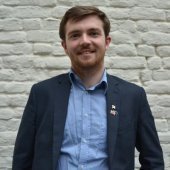The cross-border hospital in numbers:
The Cerdanya is a big and tall Pyrenean valley found over 1200m above sea level and straddles the regions of Catalunya (Spain) and Languedoc Roussillon (France). The valley is home to around 30000 permanent inhabitants. This figure can quadruple in winter thanks to the influx of many skiers. A third of the population is concentrated in cross-border agglomeration of Puigcerdà/Bourg-Madame. In a hospital emergency, the inhabitants of the Cerdanya and the French valley of Capcir must head two hours away to Barcelona or Perpignan.
Though the idea of a cross-border hospital sprouted in the minds of both sides of the border at the end of the 1990s, it took until 2003 for there to be a feasibility study carried out by the region of Languedoc Roussillon and the Autonomous Community of Catalunya. The agreement to create a cross-border hospital was signed in 2007 between the representatives of the French and Catalan (in Spain health is a competence of the autonomous communities) governments. For it, the project partners decided to use a new European legal instrument created in 2006, the European Grouping of Territorial Cooperation (EGTC). The EGTC, installed by a ruling of the European Parliament and Council, aims to facilitate and promote territorial cooperation in Europe. 65% of the cost of building the hospital were covered under the framework of the European Regional Development Fund (ERDF). The Cerdanya EGTC hospital was established in 2010. In September 2014, the cross-border hospital opened its doors in the commune of Puigcerdà (Catalunya) not far from the French border.
Innovation and perseverance:
The cross-border hospital greatly contributes to the wellbeing of the inhabitants of the Cerdanya and Capcir in offering them local medical care (maternity, radiology, specialised mountain sport treatments, etc). The hospital runs with a binational medical and administrative staff who welcome patients in three languages (Catalan, French, and Spanish). The Catalan and French patients use their health cards and are then treated just as they would be in any French or Catalan hospital.
Although the hospital has been running for a few months now, all has not been resolved administratively. As we have seen above, health is a regionalised competence in Spain yet it is a national competence in France. Implementing a common health infrastructure between two European countries adds up to a real ‘administrative head-ache’. The red tape and other surprises are many and they thus require a dose of innovation, flexibility, and perseverance in order to move forward. In the absence of an adequate legal solution, French undertakers got from the French consulate in Barcelona an authorisation to be able to repatriate the bodies of dead French people from the hospital which is situated on the Spanish side of the border. The perseverance too of partners has also borne fruit. For example, the installation of a post box of the French Post Office at the hospital in Puigcerdà has been a real victory. The yellow cars of the French post office can thus go and collect the post, and in doing so avoid the need for a letter sent by a patient staying a few kilometres from the French border from passing first by Madrid, then Paris and finally via Perpignan before reaching its destination.
A highly symbolic project:
The European Union has been struggling to emerge from a serious economic and social crisis that has lasted several years now. Moreover, Euroscepticism has got louder and louder within some member states. The European Union is often accused of being cut-off from the reality of its citizens. Yet in these times of crisis and mistrust towards the European project one must salute these men and women who, through their perseverance, have crossed borders to improve the daily lives of their citizens. “We bring people together” Jean Monnet, one of Europe’s founding fathers, like to recall. The human being should be at the heart of the European project.
The European programme of territorial cooperation INTERREG (here the cross-border area of France/Spain/Andorra) who co-financed the building of the hospital, celebrates this year its 25th anniversary. This anniversary is the occasion to hold up concrete projects that reinforce the links and the solidarity between European citizens. Establishing a common health infrastructure between two member states of the European Union is one such wonderful example.



Follow the comments: |
|
